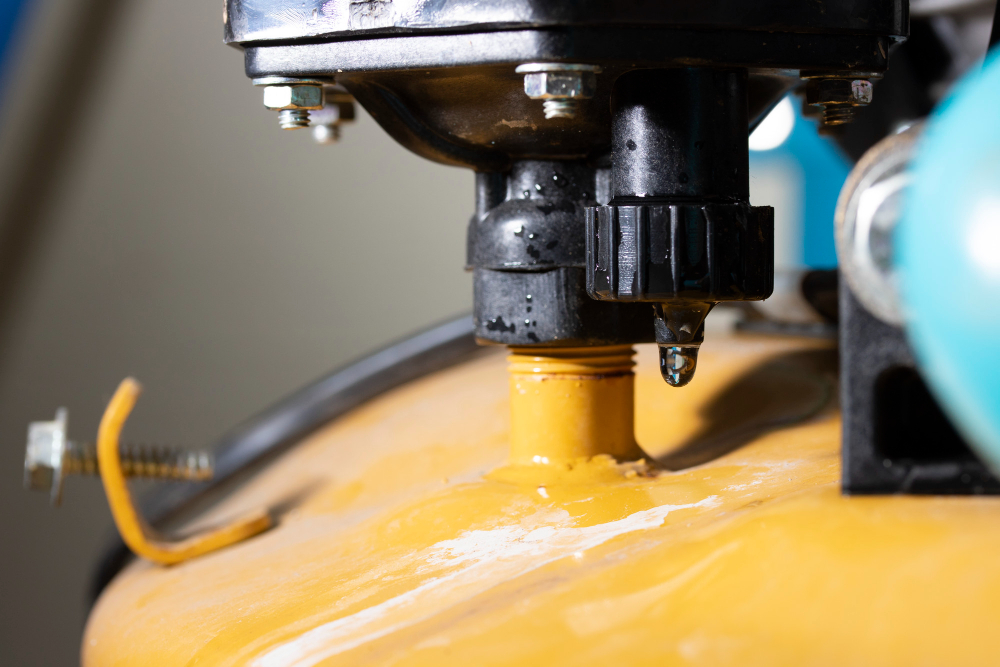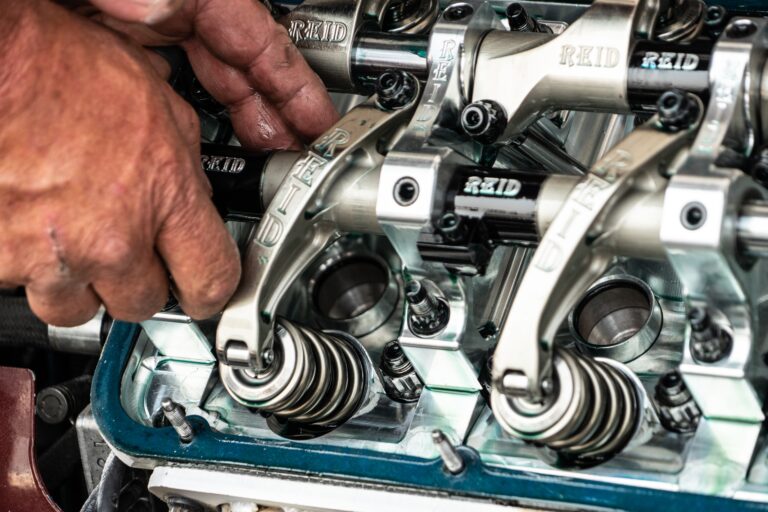Cyndrical tube head gasket leakages are an issue that can torment any contemporary interior burning engine despite the year, make, or version. Whether it is because the engine overheated or via high gas mileage and deterioration, cylindrical tube head gaskets can leak and create trouble. When a cylindrical tube head gasket leakages, it suggests that engine coolant has dripped, either right into the engine’s crankcase or right into several of the engine’s cylindrical tubes.
In even more significant instances, the engine will undoubtedly endure serious engine efficiency problems and get too hot, excess coolant contamination, and strike white smoke out of the tail pipelines. In the most extreme situations, a head gasket leakage will undoubtedly make the lorry undrivable and require an overall engine substitute.
Due to the nature and style of modern gas engines, cylindrical tube head gasket leakages practically necessitate fixings of substantial expense. It might be worth a shot to fix the head gasket leakage utilizing an engine block sealant in these situations.
Component 1 of 1: How to fix your head gasket with an engine block sealant.
Engine block sealers job by securing the engine head gasket leakages from the within, utilizing the car’s air conditioning flows to carry a sealant to the leakage. Many bonds function by building up at the leakage and developing a seal using the engine’s warmth as a stimulant to assist set the seal and heal.
- Products Needed
- Coolant
- Engine block sealant
- Handwear covers
Keep in mind: Always comply with the instructions on the bottle of your engine block sealant. Details instructions might differ throughout brand names, so it is necessary to review the directions thoroughly. This action-by-action overview will undoubtedly cover the typical steps taken when using numerous engine block sealants.
Action 1: Read the directions. Check out the guidelines on the back of your engine block sealant to have a clear overview of what the procedure in operation will undoubtedly be.
Idea: The proper dose for the dimension engine will undoubtedly be located on the back of the bottle.
It is essential to keep in mind just how much you will undoubtedly be putting, as various air conditioning systems might need multiple quantities of sealant required.
Action 2: Locate the radiator cap. Your radiator cap is generally situated near the front of the engine near the hood lock.
Action 3: Add the engine block sealant. Put the engine block sealant straight right into your engine, any place you include coolant.
This is generally at your engine’s radiator filler cap or the coolant recuperation container if it is a pressurized system.
Caution: It is essential to keep in mind that the lorry needs to be calm or enabled to cool correctly before trying to open up the air conditioning system, as opening up the radiator cap on a warm, pressurized engine will certainly spray warm coolant all over when the stress is all of a sudden launched.
Action 4: Replace the cap. You were leading it off to the correct degree and changing the lid when you had put the appropriate quantity of engine block sealant right into the engine’s coolant.
Action 5: Turn on the engine. Beginning the machine, as well as switch on the heating unit to optimum warmth and also circulation.
The engine block sealant functions by pumping the sealant with the engine’s air conditioning system and gathering at leakages to produce a seal.
Action 6: Let the engine run. Still the engine for 15-20 mins, or for nevertheless lengthy as advised on the bottle.
Running the engine for this time will undoubtedly offer the sealant time to function and secure appropriately.
Action 7: Turn off the engine and also enable it to cool off. As soon as the engine has been completed, the quantity of time defined by the supplier, switch off the machine and permit it to cool to ensure that the radiator cap can be eliminated once again.
Action 8: Check to see if the coolant must be rounded off. When the engine has cooled off, eliminate the cap and examine to see if the coolant requires a complement.
Now the sealant has had time to function and also ideally could secure the leakage. Attempt driving the auto for an hr to see if the cement has enhanced any leakages.
While the outcomes might differ substantially depending on elements such as the leakage’s intensity and the kind of sealant utilized, it is usually worth a shot considering that the expense is much more affordable than having the engine fixed. Our ideal suggestion would certainly be to have your automobile evaluated for a blown head gasket as well as coolant leakages to identify if engine block sealant will certainly function well for your vehicle or if additional fixing is much more appropriate.







